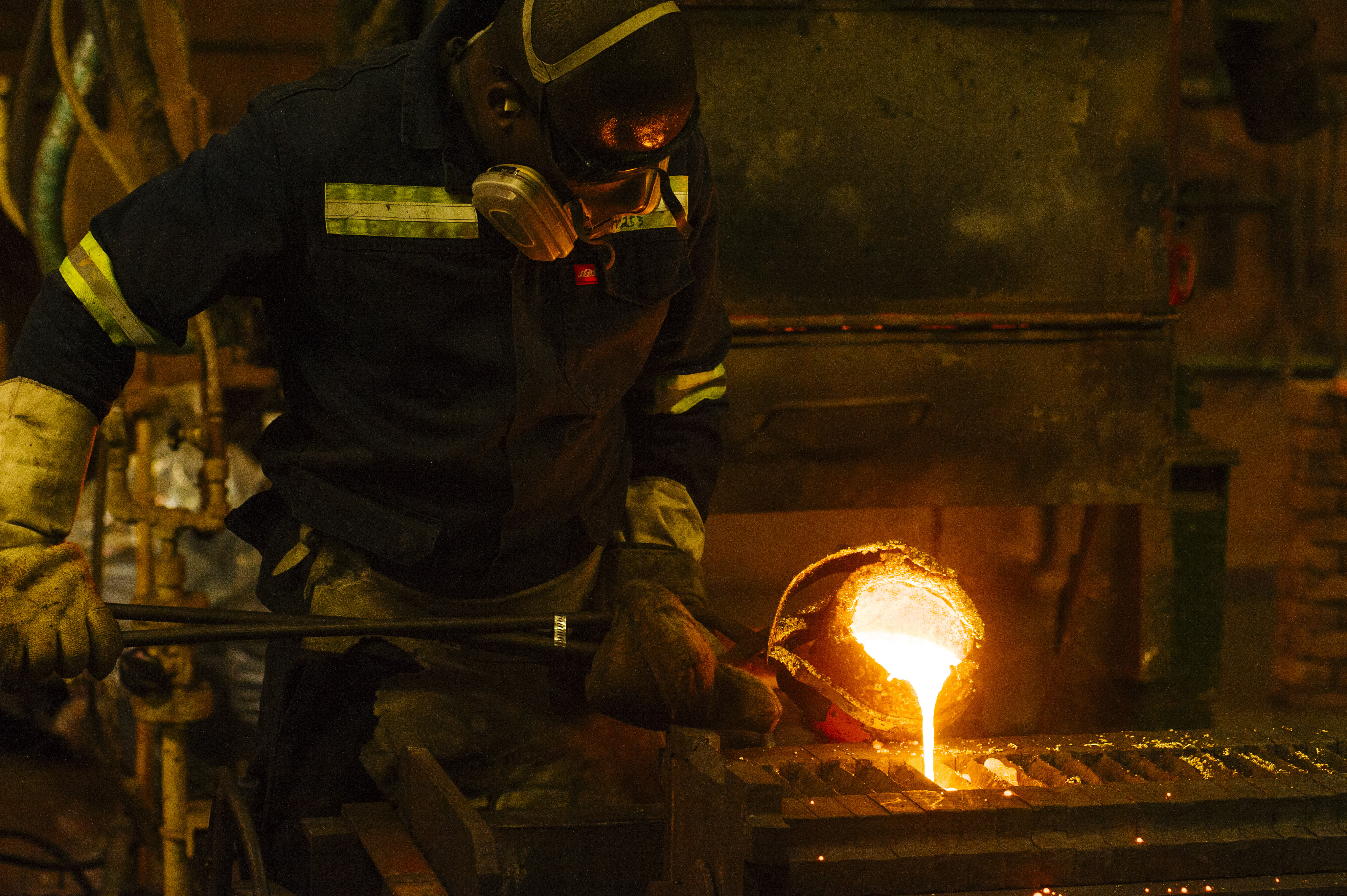Finally, we can report some — well, sort of relatively — good economic news for Mzansi.
Gross domestic product (GDP) expanded by 0.8% on a quarterly basis in the second quarter (Q2) of this year, beating economists’ expectations and accelerating past the 0.1% growth recorded in the first three months of 2025, Statistics South Africa (Stats SA) said on Tuesday, 9 September 2025.
After two consecutive quarters of decline, the mining and manufacturing sectors lead the way.
“Manufacturing production expanded by 1.8%, driven mainly by the automotive and petroleum, chemicals, rubber and plastics divisions. Mining output grew by 3.7%, the fastest pace since the first quarter of 2021 (4.4%). Platinum group metals (PGMs), gold and chromium ore were the main positive contributors,” Stats SA said.
Eight of the 10 broad industries measured for the GDP read expanded in Q2 compared with Q1.
/file/dailymaverick/wp-content/uploads/2025/09/2025-09-09-13_32_38-Greenshot.jpg)
Worryingly, the labour-intensive construction sector contracted 0.3%, and on a related front, gross fixed capital formation — effectively a measurement of investment — declined 1.4% in Q2, marking its third consecutive quarterly decline.
“This needs to improve dramatically for us to see sustainably stronger economic growth,” said Elna Moolman, Standard Bank’s group head of South Africa macroeconomic research.
A Reuters poll of economists had expected quarter-on-quarter growth of 0.5%, so the reading is better than expected, and growth forecasts for 2025 will accordingly get a slight upgrade — in most cases to just over 1.0%.
And that’s the best that can be said about it.
Ed’s take
The economy grew faster than expected in Q2, but growth remains tepid and investment levels are still in decline. Unemployment will remain at shocking levels, with all the social ills that brings. There are no quick and easy fixes to get South Africa on a path to much faster growth, underscoring the scale of the damage that has been inflicted by decades of policy inertia and state failure.
“The outcome is below 1.0%, and as such is reflective of a subdued domestic economy that continues to face myriad structural challenges, notably on the logistics front, impeding optimal economic activity and export potential,” Investec economist Lara Hodes said in commentary on the data.
“Moreover, high costs of production continue to weigh on the country’s competitive position, while a changing global trading landscape, following the imposition by the US of reciprocal tariffs, has caused elevated uncertainty and growth concerns.”
On the demand side of the economy, household consumption grew 0.8% — which is the least one would expect with interest rates falling and muted inflation. And growth in this regard of less than 1.0% is hardly shooting the lights out.
“Households also spent more on a variety of other products, most notably restaurants and hotels, and clothing and footwear. On the downside, there was lower demand for alcoholic beverages, tobacco and narcotics,” Stats SA said.
/file/dailymaverick/wp-content/uploads/2025/09/household-spending-.jpg)
Narcotics? There are a lot of cannabis products being openly sold these days in a quasi-legal fashion at retail outlets, and this suggests that this trade is now being counted in the GDP stats.
And as a pothead might say, South Africa’s economic growth trajectory remains “a downer, man”.
South Africa’s economy is simply stuck in a low-growth rut and not expanding at the pace required to make a meaningful dent into sky-high levels of unemployment and poverty. The unemployment rate in Q2 pointedly rose 0.3 percentage points to 33.2% from 32.9% in the previous quarter.
At least South Africans seem to be taking less to drink and drugs to drown their economic sorrows. DM




 A worker pours molten gold into a mould during the refining of bullion at the Rand Refinery plant in Germiston, South Africa. (Photo: Waldo Swiegers / Bloomberg via Getty Images)
A worker pours molten gold into a mould during the refining of bullion at the Rand Refinery plant in Germiston, South Africa. (Photo: Waldo Swiegers / Bloomberg via Getty Images)